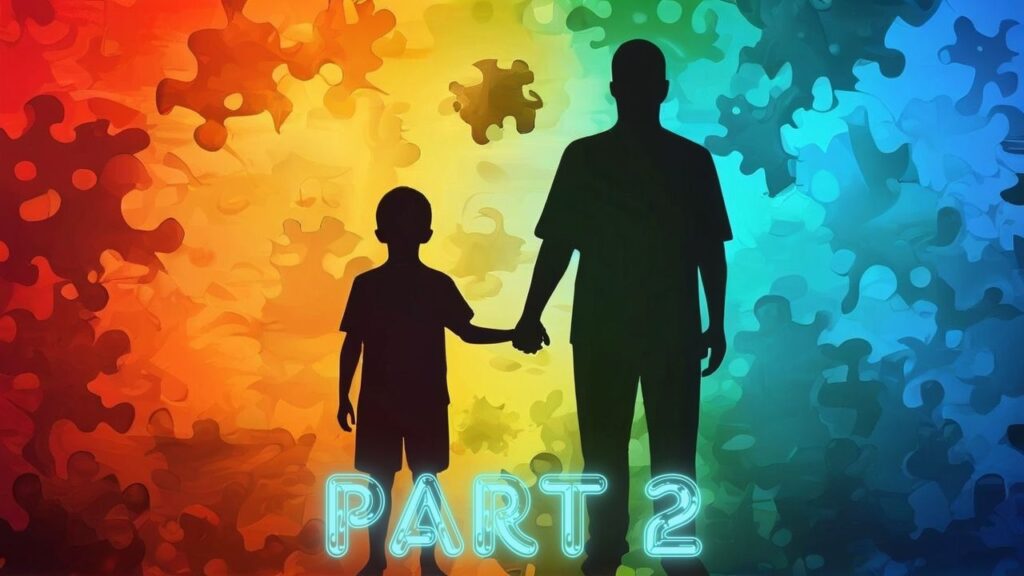Individuals with autism spectrum disorder (ASD) can experience a variety of challenges that affect different aspects of their lives. While each person with ASD is unique, some common problems include:
- Communication Difficulties: - Expressing Thoughts and Feelings: Many individuals with ASD may struggle to articulate their thoughts and emotions, making it difficult to communicate effectively with others. - Understanding Nonverbal Cues: They may have difficulty interpreting body language, facial expressions, and tone of voice, which can lead to misunderstandings.
- Executive Functioning Challenges: - Organizing Tasks: Planning and prioritizing tasks can be challenging, leading to difficulties in managing time and staying on top of responsibilities. - Flexibility: Adapting to changes in routine or unexpected events can be difficult, causing stress and anxiety.
- Sensory Processing Issues: - Hypersensitivity: Some individuals are overly sensitive to sensory stimuli, such as bright lights, loud noises, strong smells, or certain textures, which can be overwhelming or even painful. - Hyposensitivity: Others may seek out sensory input (e.g., touching objects, spinning, or making noises) because they have a lower sensitivity to certain stimuli.
- Motor Skill Difficulties: - Fine Motor Skills: Tasks requiring fine motor control, such as writing or using small objects, may be more challenging for some individuals with ASD. - Gross Motor Skills: Balance, coordination, and larger physical movements can also be areas of difficulty.
- Social Skills Deficits: - Initiating Social Interactions: Many individuals with ASD may find it hard to start conversations or engage in social activities. - Maintaining Friendships: Building and maintaining friendships can be difficult due to challenges in understanding social norms and expectations.
- Rigid Thinking and Behavioral Patterns: - Repetitive Behaviors: Repetitive actions or speech (e.g., hand-flapping, rocking, repeating phrases) are common and can be comforting for individuals with ASD, but may be misunderstood by others. - Narrow Interests: A strong focus on specific topics or activities can limit social interactions and make it challenging to engage in a variety of experiences.
- Anxiety and Mental Health Issues: - Generalized Anxiety: Many individuals with ASD experience high levels of anxiety, which can affect their ability to function in daily life. - Depression: The challenges of living with ASD, such as social isolation and difficulty coping with change, can lead to feelings of sadness and depression.
- Difficulty with Employment: - Underemployment: Many individuals with ASD are underemployed, meaning they work in jobs that do not fully utilize their skills and qualifications. - Job Retention: Frequent job changes due to misunderstandings, lack of accommodations, or difficulties in adapting to workplace culture are common.
- Educational Challenges: - Learning Differences: Some individuals with ASD may have learning disabilities, while others may excel in certain subjects but struggle with others. - Social Integration in School: The social aspects of school can be particularly challenging, leading to difficulties in making friends and participating in group activities.
- Health and Self-Care Issues: - Difficulty with Medical Care: Sensory sensitivities and communication challenges can make medical appointments and procedures stressful. - Self-Care Challenges: Routine tasks like grooming, dressing, or maintaining a healthy diet can be difficult, particularly when sensory issues are involved.
- Sleep Problems: - Difficulty Falling Asleep: Many individuals with ASD have trouble winding down at night due to anxiety, sensory sensitivities, or an inability to regulate sleep patterns. - Irregular Sleep Cycles: Some may experience irregular sleep cycles, which can affect their overall health and daily functioning.
- Navigating Public Spaces: - Overstimulation: Crowded or noisy environments like malls, public transportation, or busy streets can be overwhelming. - Safety Concerns: Difficulties with understanding danger or reading social cues can create safety concerns in public or unfamiliar settings.
- Bullying and Social Isolation: - Being Targeted: Unfortunately, individuals with ASD are more likely to be bullied or socially ostracized due to their differences. - Loneliness: The combination of social challenges and bullying can lead to intense feelings of loneliness and isolation.
